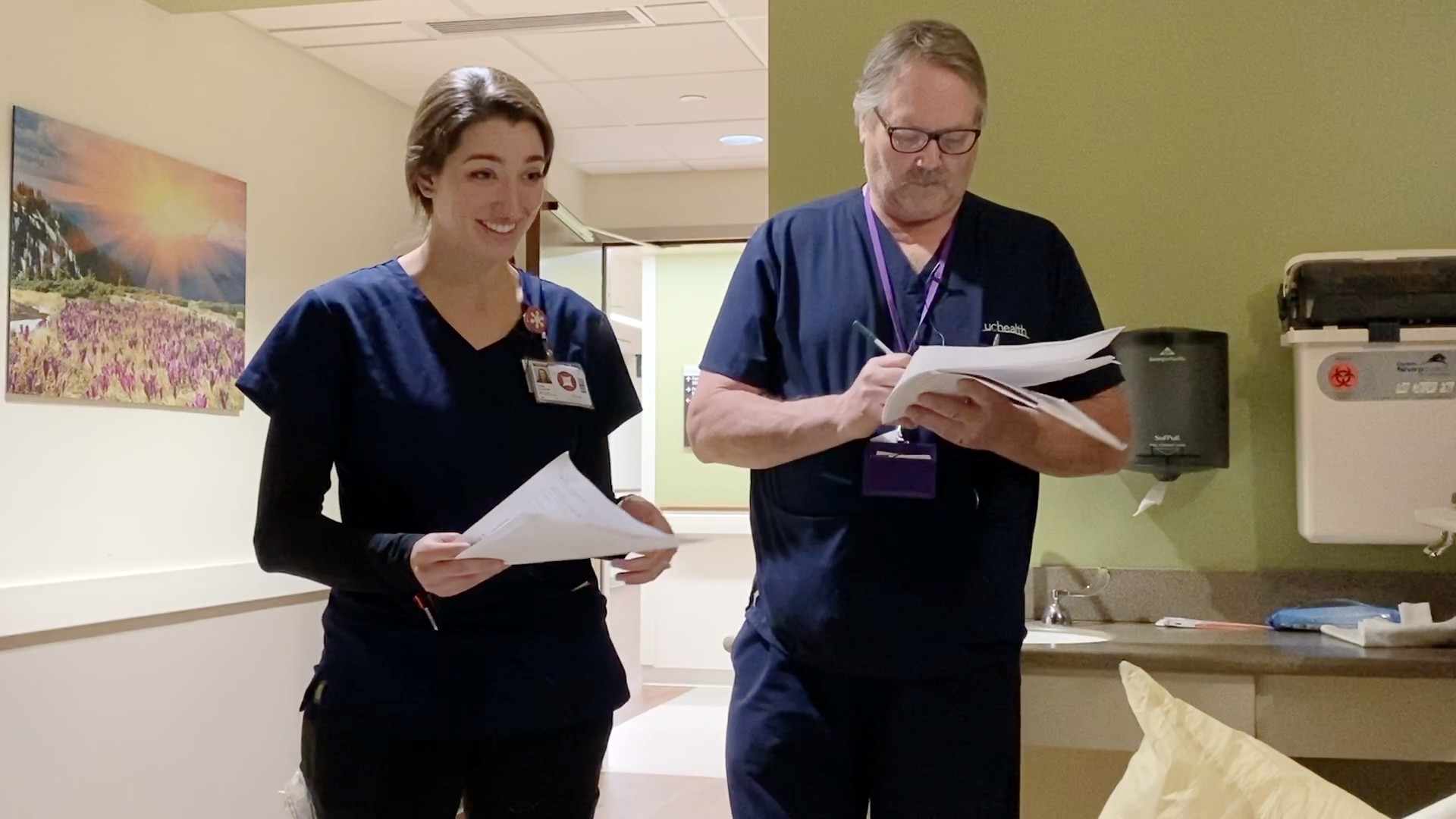Patient Safety Leaders and the Prevention of Adverse Events


Despite the fast-pace of change in healthcare, patient safety is a driving force for change and improvement. At the forefront of this movement are Patient Safety Leaders—dedicated individuals who play a pivotal role in preventing adverse events and fostering a culture of safety within healthcare organizations.
The Significance of Patient Safety
Patient safety is a fundamental principle that guides healthcare providers in their commitment to preventing harm and ensuring the well-being of every patient. Hospital acquired infections & conditions and adverse events can have serious consequences, underscoring the importance of proactive measures to mitigate risks.
Who Are Patient Safety Leaders?
Patient Safety Leaders are individuals who champion the cause of patient safety within healthcare institutions. They can be healthcare administrators, clinical leaders, quality improvement specialists, or professionals with a specialized focus on patient safety. Regardless of their title, these leaders share a common goal: to create an environment where patient safety is a top priority.
Key Roles of Patient Safety Leaders in Preventing Adverse Events
Cultural Transformation
Patient Safety Leaders should initiate and drive cultural transformations within healthcare organizations. They work to instil a mindset where every staff member sees patient safety as a shared responsibility.
Educational Initiatives
Patient Safety Leaders develop and implement educational programs to raise awareness about potential risks and best practices for preventing adverse events. These programs extend to all levels of healthcare staff, fostering a culture of continuous learning.
Implementation of Best Practices
Staying current with the latest evidence-based practices, Patient Safety Leaders spearhead the implementation of protocols and guidelines designed to reduce the likelihood of adverse events. They can work with frontline teams to ensure that these practices are integrated into daily workflows.
Incident Reporting and Analysis
Patient Safety Leaders should establish robust systems for incident reporting and analysis. Encouraging a transparent reporting culture helps identify areas for improvement and facilitates the implementation of preventive measures.
Stories of success in the face of difficulty or crisis should also be examined, reported and celebrated.
Collaboration and Communication
Collaboration is key to preventing adverse events. Patient Safety Leaders should promote open communication channels between healthcare teams and with leaders, enabling them to share insights, experiences, and potential safety concerns.
Engaging Patient Safety Leaders in unit-leadership meetings can be insightful, creating synergies between patients, staff and hospital goals.
Technology Integration
Leveraging technology, Patient Safety Leaders should implement systems for real-time monitoring, data analysis, and early detection of potential risks. These tools aid in the timely intervention to prevent adverse events. More importantly, these tools should support staff to know when problems are likely to arise but before they become an issue of concern.
Patient and Family Engagement
Recognizing the importance of patient and family involvement, Patient Safety Leaders actively seek their input. By incorporating the perspectives of those directly affected by the delivery of care, leaders gain valuable insights that contribute to safer care delivery.
Continuous Improvement
Patient Safety Leaders should adopt a mindset of continuous improvement. They regularly assess the effectiveness of safety initiatives, identify areas for enhancement, and adapt strategies to evolving healthcare landscapes.
A Call to Action
The role of Patient Safety Leaders is not just about addressing problems reactively; it's about creating a proactive and resilient healthcare system. These leaders should inspire a collective commitment to patient safety, where every member of the healthcare team understands their role in preventing adverse events, responsibility for safety is shared and accountability is embraced.
In essence, Patient Safety Leaders are the potential unsung heroes of healthcare working tirelessly to ensure that the healthcare environment is one of trust, transparency, and continuous improvement. Through their efforts, they not only prevent adverse events but also pave the way for a healthcare landscape where patient safety is at the core of every decision, action, and interaction.
Keep Exploring Our Work



